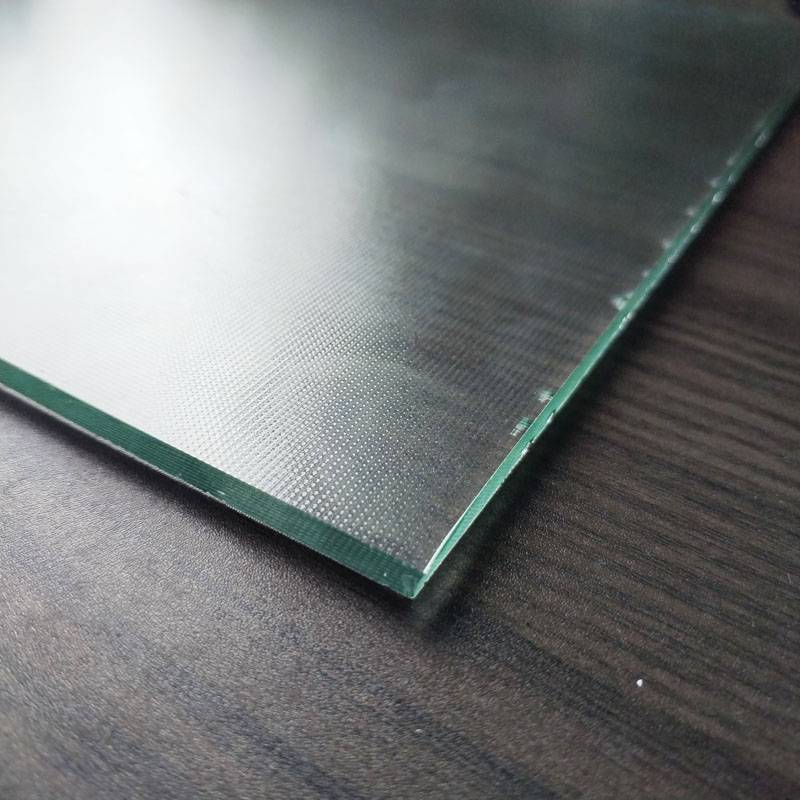Architectural Glass Design A Reflection of Innovation and Aesthetics
Architectural glass design has transformed the way we perceive and interact with our built environment. This innovative material blends functionality with aesthetic appeal, enabling architects and designers to create stunning structures that harness natural light while ensuring safety, energy efficiency, and unique architectural expression. As we delve into the principles, applications, and future trends of architectural glass design, it becomes evident that this medium plays a pivotal role in contemporary architecture.
The Evolution of Architectural Glass
Historically, glass has been utilized in architecture for centuries, particularly in windows and doors, offering a glimpse into the interior spaces while keeping the elements at bay. However, technological advancements have significantly expanded the potential of glass in architecture. The invention of tempered and laminated glass, alongside the introduction of insulating glass units (IGUs), has enabled larger and more complex glass structures that improve thermal performance and safety.
Modern architectural glass goes beyond traditional uses. Architects now leverage glass not only for windows but as structural components, facades, and even entire walls. This evolution allows for greater creativity and innovation, as designs can integrate extensive glass surfaces that reflect and refract light dynamically throughout the day.
Principles of Architectural Glass Design
Effective architectural glass design encompasses several key principles that guide architects in their projects
1. Transparency and Light One of the primary advantages of glass is its ability to invite natural light into spaces. Designers aim to optimize daylighting while reducing glare, fostering a connection between indoor and outdoor environments. Large glass panels and strategically placed openings enhance the perception of space and bolster occupant well-being.
2. Energy Efficiency In the era of sustainable architecture, energy efficiency remains a cornerstone of architectural glass design. Low-emissivity (low-E) coatings, double or triple glazing, and the use of solar control glass help to minimize heat loss, reduce solar gain, and optimize energy performance in buildings. Architects are increasingly focused on incorporating these technologies to adhere to green building standards.
3. Safety and Structural Integrity While glass offers aesthetic advantages, it must also fulfill safety requirements. The use of tempered and laminated glass ensures that structures can withstand external forces such as wind loads and seismic activity. Moreover, advancements in structural glazing techniques allow glass to be used as a load-bearing element, offering unparalleled design freedom while maintaining safety.
architectural glass design
4. Aesthetic Integration Architectural glass must harmoniously integrate with overall design intentions. Whether it is a sleek modern facade or a historical restoration, glass can be manipulated in color, texture, and form to complement the architectural vision. The use of patterns, fritting, or colored glass adds an artistic layer, making the structure visually appealing.
Applications in Modern Architecture
Architectural glass has found its place in various applications across different building types
- Commercial Buildings Iconic skyscrapers often showcase extensive glass facades, providing breathtaking views while embodying a futuristic aesthetic. These buildings utilize glass to create dynamic work environments filled with natural light, promoting productivity and well-being among occupants.
- Cultural Institutions Museums, galleries, and other cultural spaces leverage glass to establish inviting atmospheres. Large glass atriums or walls enhance visibility and foster interaction between the exhibit and exterior environments, allowing visitors to engage more fully with art and architecture.
- Residential Projects In contemporary homes, expansive glass arrangements blur the boundaries between indoors and outdoors. Floor-to-ceiling windows and sliding glass doors create seamless transitions, inviting nature into living spaces while enhancing the sense of spaciousness.
The Future of Architectural Glass Design
Looking ahead, the future of architectural glass design is bright and filled with potential. Innovations such as smart glass, which can change opacity based on light and temperature, promise increased functionality and energy efficiency. Moreover, ongoing research into materials like photovoltaics integrated within glass will enable buildings to generate their own energy, pushing the boundaries of sustainability.
Architectural glass design is more than just a fashionable trend; it represents a fundamental shift in how we engage with our surroundings. As architects continue to explore the possibilities that glass offers, we can expect to see even more innovative and inspiring designs that redefine our built environment while respecting nature and promoting sustainability. With its unique combination of beauty and practicality, architectural glass will undoubtedly remain a crucial element in modern architecture.
 Afrikaans
Afrikaans  Albanian
Albanian  Amharic
Amharic  Arabic
Arabic  Armenian
Armenian  Azerbaijani
Azerbaijani  Basque
Basque  Belarusian
Belarusian  Bengali
Bengali  Bosnian
Bosnian  Bulgarian
Bulgarian  Catalan
Catalan  Cebuano
Cebuano  Corsican
Corsican  Croatian
Croatian  Czech
Czech  Danish
Danish  Dutch
Dutch  English
English  Esperanto
Esperanto  Estonian
Estonian  Finnish
Finnish  French
French  Frisian
Frisian  Galician
Galician  Georgian
Georgian  German
German  Greek
Greek  Gujarati
Gujarati  Haitian Creole
Haitian Creole  hausa
hausa  hawaiian
hawaiian  Hebrew
Hebrew  Hindi
Hindi  Miao
Miao  Hungarian
Hungarian  Icelandic
Icelandic  igbo
igbo  Indonesian
Indonesian  irish
irish  Italian
Italian  Japanese
Japanese  Javanese
Javanese  Kannada
Kannada  kazakh
kazakh  Khmer
Khmer  Rwandese
Rwandese  Korean
Korean  Kurdish
Kurdish  Kyrgyz
Kyrgyz  Lao
Lao  Latin
Latin  Latvian
Latvian  Lithuanian
Lithuanian  Luxembourgish
Luxembourgish  Macedonian
Macedonian  Malgashi
Malgashi  Malay
Malay  Malayalam
Malayalam  Maltese
Maltese  Maori
Maori  Marathi
Marathi  Mongolian
Mongolian  Myanmar
Myanmar  Nepali
Nepali  Norwegian
Norwegian  Norwegian
Norwegian  Occitan
Occitan  Pashto
Pashto  Persian
Persian  Polish
Polish  Portuguese
Portuguese  Punjabi
Punjabi  Romanian
Romanian  Russian
Russian  Samoan
Samoan  Scottish Gaelic
Scottish Gaelic  Serbian
Serbian  Sesotho
Sesotho  Shona
Shona  Sindhi
Sindhi  Sinhala
Sinhala  Slovak
Slovak  Slovenian
Slovenian  Somali
Somali  Spanish
Spanish  Sundanese
Sundanese  Swahili
Swahili  Swedish
Swedish  Tagalog
Tagalog  Tajik
Tajik  Tamil
Tamil  Tatar
Tatar  Telugu
Telugu  Thai
Thai  Turkish
Turkish  Turkmen
Turkmen  Ukrainian
Ukrainian  Urdu
Urdu  Uighur
Uighur  Uzbek
Uzbek  Vietnamese
Vietnamese  Welsh
Welsh  Bantu
Bantu  Yiddish
Yiddish  Yoruba
Yoruba  Zulu
Zulu 

